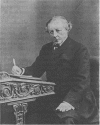Full text
PDF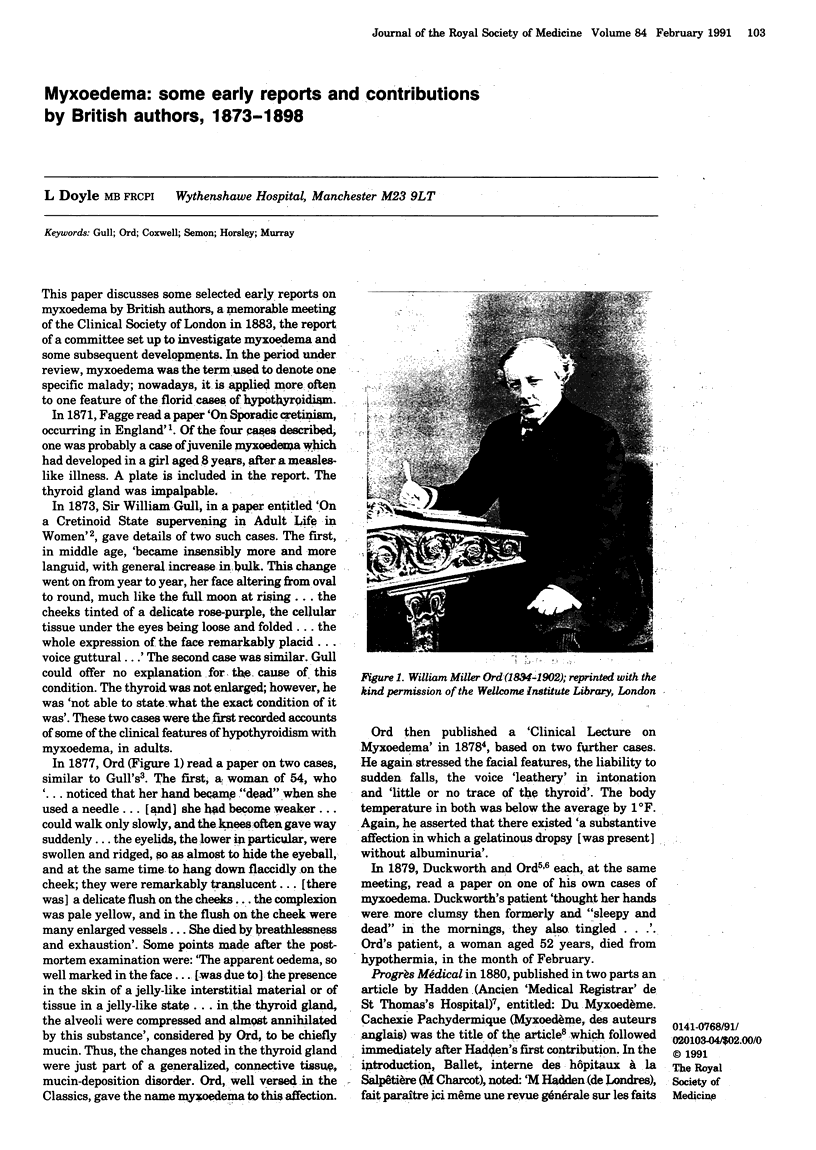
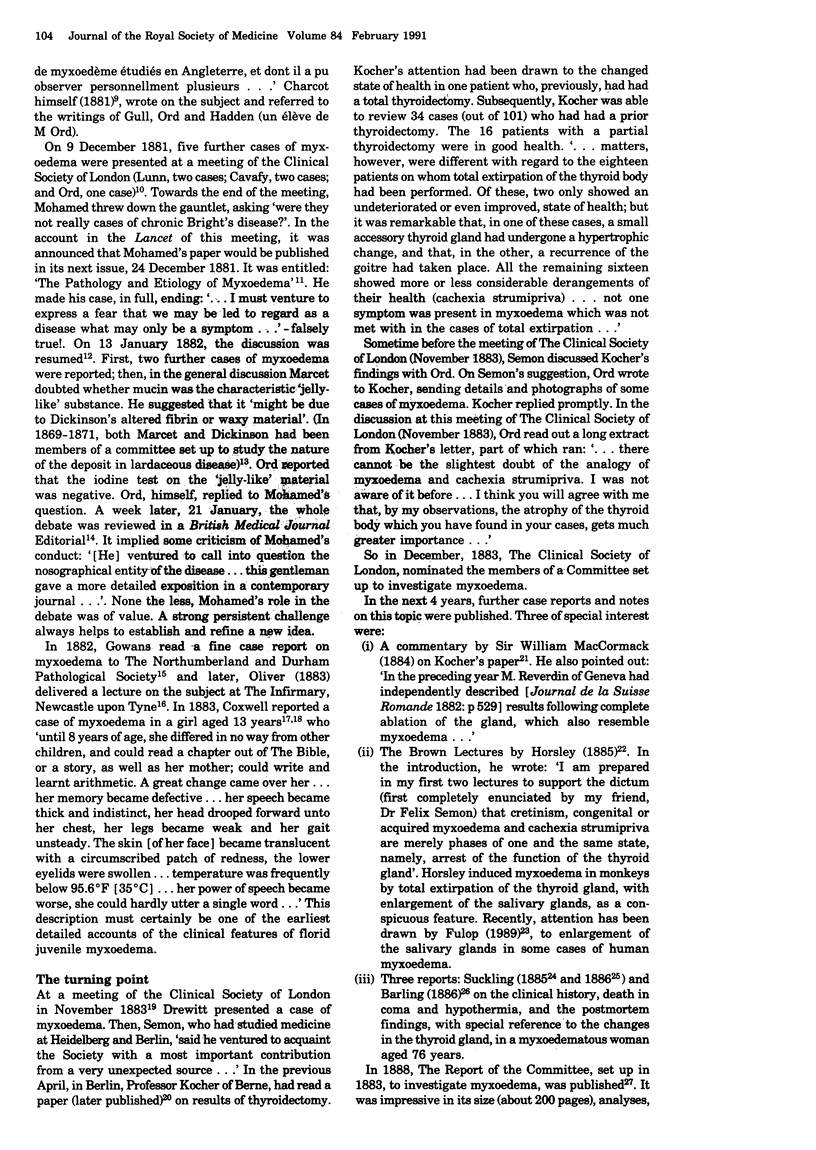
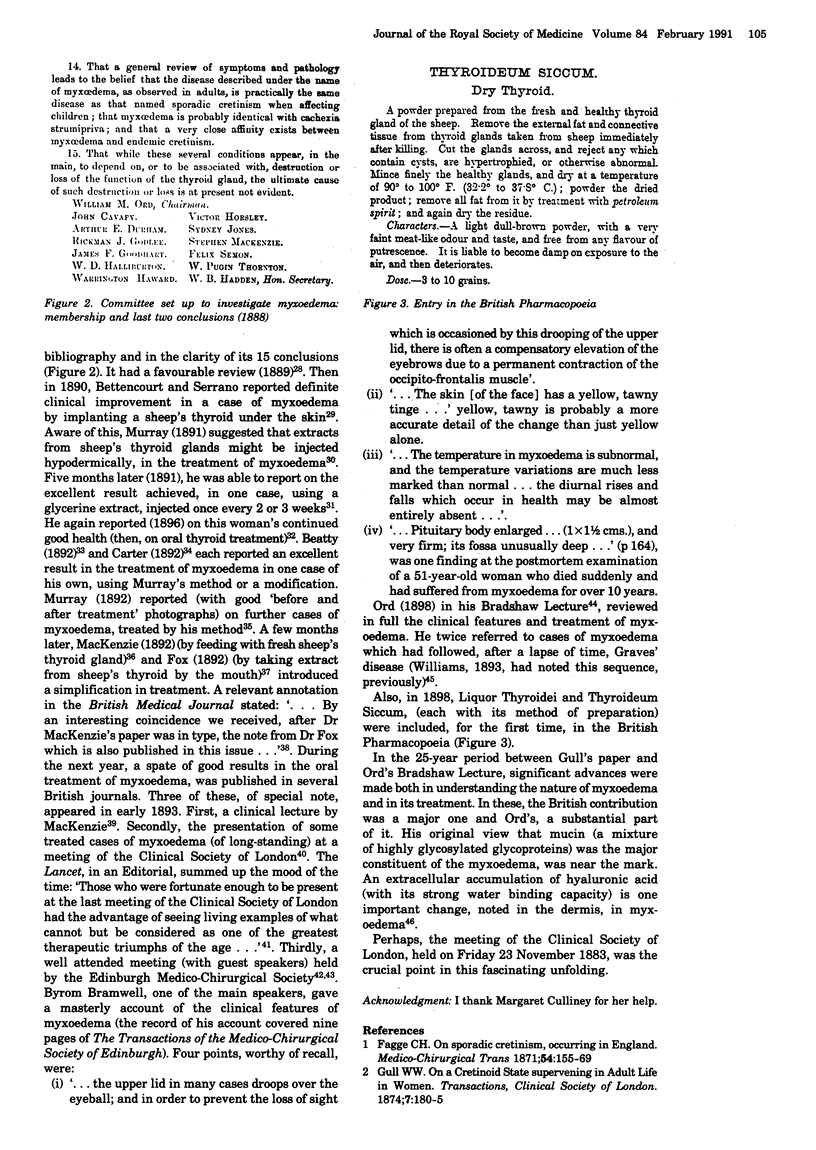
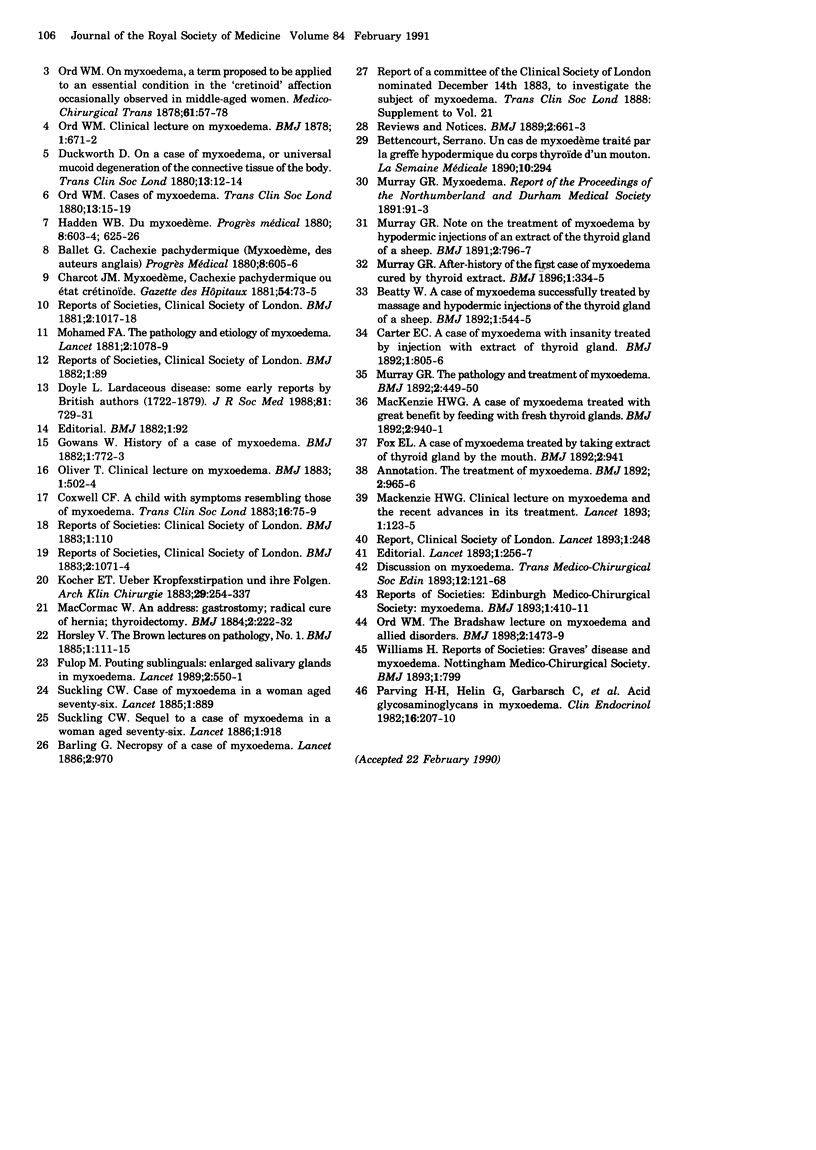
Images in this article
Selected References
These references are in PubMed. This may not be the complete list of references from this article.
- Doyle L. Lardaceous disease: some early reports by British authors (1722-1879). J R Soc Med. 1988 Dec;81(12):729–731. doi: 10.1177/014107688808101217. [DOI] [PMC free article] [PubMed] [Google Scholar]
- Fulop M. Pouting sublinguals: enlarged salivary glands in myxoedema. Lancet. 1989 Sep 2;2(8662):550–551. doi: 10.1016/s0140-6736(89)90664-8. [DOI] [PubMed] [Google Scholar]
- Parving H. H., Helin G., Garbarsch C., Johansen A. A., Jensen B. A., Helin P., Lund P., Lyngsøe J. Acid glycosaminoglycans in myxoedema. Clin Endocrinol (Oxf) 1982 Feb;16(2):207–210. doi: 10.1111/j.1365-2265.1982.tb03166.x. [DOI] [PubMed] [Google Scholar]



